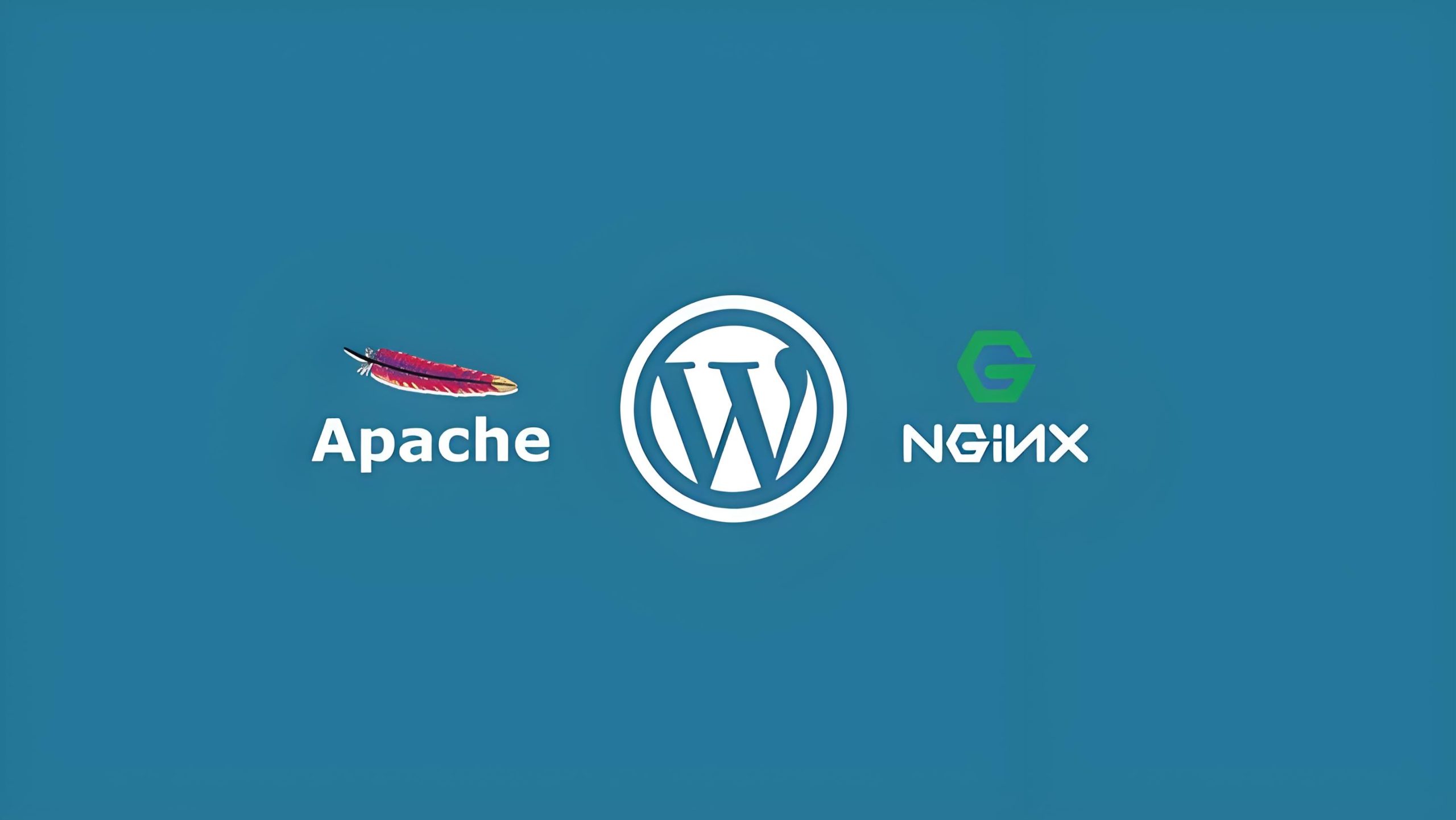Blog
Nginx vs Apache for WordPress: Which Server Is Better?

🚀 Nginx vs. Apache for WordPress: The Ultimate Comparison
⚡️ Performance & Scalability
| Nginx | Apache |
|---|---|
| ✅ Event-driven architecture – Handles 10K+ concurrent connections with low RAM/CPU | ⚠️ Process/thread-based – Higher resource usage under heavy load |
| 🚀 Static files: 3x faster delivery | 🐢 Static files: Slower without tuning |
| 🌐 Dynamic content: Efficient reverse proxy for PHP-FPM | 🔥 Dynamic content: Native PHP processing via mod_php (simpler setup) |
| 🏆 Best for: High-traffic sites, CDN-backed architectures | 🏆 Best for: Small/medium sites, shared hosting |
🔌 WordPress Compatibility
| Nginx | Apache |
|---|---|
❌ No native .htaccess support – Requires manual rewrite rules in server config |
✅ Full .htaccess support – Plugins work out-of-the-box |
| ⚠️ Cache plugins (e.g., W3 Total Cache) need extra Nginx config | ✅ Zero-config caching plugin compatibility |
| 🔧 CDN integration requires custom headers | 🔌 Seamless CDN integration via .htaccess |
💡 Key Insight:
Apache’s.htaccessmakes it ideal for non-technical users – no server config edits needed!
⚙️ Configuration & Flexibility
| Nginx | Apache |
|---|---|
| 📁 Centralized config – Global rules only (faster parsing) | 📂 Directory-level rules – Per-folder overrides via .htaccess |
| 🧠 Steeper learning curve | 🧩 Easier for beginners |
| 🔐 Advanced load balancing + micro-caching features | Limited native caching capabilities |
🛡️ Security
| Nginx | Apache |
|---|---|
| 🔒 Minimalist default setup – Fewer attack surfaces | 🧩 Modular design – Requires disabling unused modules (e.g., mod_autoindex) |
| 🛡️ Strong against DDoS/brute-force (rate-limiting built-in) | 🚧 Needs plugins/mod_security for robust protection |
📊 Resource Efficiency
| Nginx | Apache |
|---|---|
| 🐏 RAM usage: 5-10MB per 1K connections | 🐘 RAM usage: 20-100MB per 1K connections |
| 💨 CPU overhead: 30% lower than Apache | 🔥 High concurrency spikes strain CPU |
🎯 The Verdict: Which Should You Choose?
Choose Nginx if:
-
Your site gets 50K+ daily visits
-
You use CDN for static assets (images/CSS/JS)
-
You need advanced caching (FastCGI, micro-caching)
-
You have technical skills for server config
Choose Apache if:
-
You run a small/medium WordPress site
-
You rely on
.htaccessfor redirects/security -
You use many plugins (especially caching/security tools)
-
You’re on shared hosting (cPanel/Plesk)
🔄 CDN Hybrid Approach: Best of Both Worlds
Why this works:
-
CDN handles 90% of static traffic.
-
Nginx serves cached static assets at edge.
-
Apache processes PHP/database queries with plugin compatibility.
✅ Your observation is correct:
“With CDN, Apache becomes optimal – its dynamic content weakness is offset by CDN, while plugin compatibility remains flawless.”
⚠️ What About OpenLiteSpeed?
| Pros | Cons |
|---|---|
| Built-in LSCache for WordPress | ❌ Limited community support |
| .htaccess compatibility | ❌ Fewer integrations (e.g., Cloudflare) |
| ❌ Steep learning curve |
Only consider if: You need enterprise performance and can manage complex setups.
🔧 Recommendation by Use Case
| Scenario | Best Server |
|---|---|
| Blog/small business site | Apache |
| High-traffic WooCommerce | Nginx + PHP-FPM |
| Multi-site with plugins | Apache |
| Enterprise-scale WordPress | Nginx + Litespeed Enterprise |
Pro Tip: Use Cloudflare/CDN + Apache for 95% of WordPress sites. Switch to Nginx only when hitting performance ceilings.